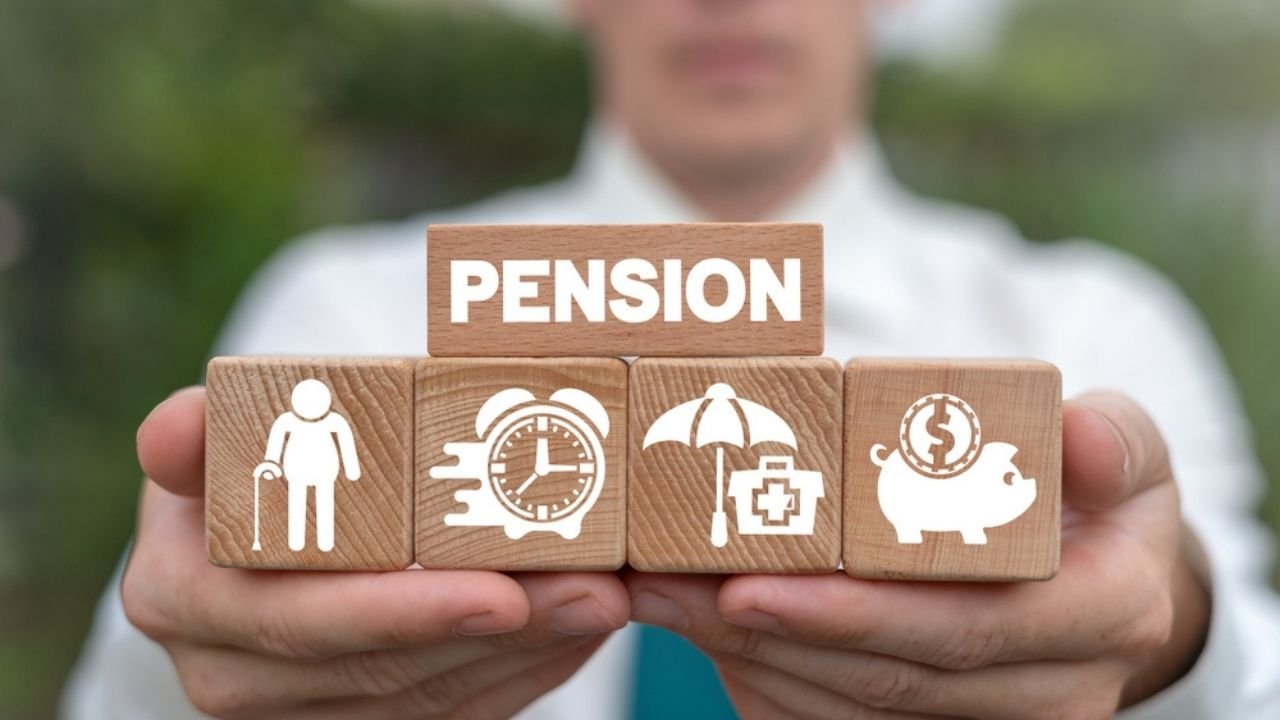Over the previous couple of decades, the retirement landscape has passed through a massive transformation. One of the most fantastic changes is the shift from Defined Benefit (DB) pension plans to Defined Contribution (DC) plans. This evolution has altered how tens of millions of personnel keep for retirement and how financial risks are disbursed among employers and workers. Understanding this transition is prime for all of us planning their monetary destiny inside the changing retirement system.
What Is a Defined Benefit (DB) Pension Plan?
A Defined Benefit plan, usually called a traditional pension, guarantees personnel a specific payout upon retirement.
- The payout is generally determined via a system based on revenue history, years of carrier, and age at retirement.
- The organization is accountable for contributing to and handling the pension fund, ensuring that personnel obtain their promised benefits.
- DB plans offer strong, predictable earnings throughout retirement, frequently for existence.
However, these plans are luxurious to maintain, in particular as people live longer. Employers undergo all of the investment and durability threat, that means they must cover any shortfall if the pension fund underperforms.
What Is a Defined Contribution (DC) Plan?
A Defined Contribution plan shifts a whole lot of the responsibility from employer to employee.
- Instead of guaranteeing a fixed payout, employers make contributions a hard and fast amount or percent of revenue into an workers retirement account (like a 401(okay) within the U.S. Or a Superannuation plan in Australia).
- Employees also can make contributions, frequently with tax advantages and occasionally with organization matching contributions.
- The very last retirement benefit relies upon on how a great deal is contributed and the way properly the investments perform.
This structure gives workers more control and flexibility, but also more risk—if investments perform poorly, the retirement income can be significantly reduced.
Why Employers Are Shifting to DC Plans
There are several key reasons behind the move from DB to DC pension systems:
- Cost Control: Defined Benefit plans are expensive and unpredictable. Market downturns or increased life expectancy can lead to large funding deficits that employers must cover. DC plans, by contrast, have predictable costs.
- Reduced Liability: Employers no longer bear the burden of guaranteeing lifetime benefits. Once contributions are made to a DC plan, the employer’s obligation is fulfilled.
- Workforce Mobility: In today’s job market, people alternate employers more regularly. DC plans like 401(okay)s are transportable, allowing employees to take their financial savings when they move jobs—something that traditional pensions did no longer effortlessly permit.
- Regulatory Changes: Governments have also encouraged the shift toward DC plans through favorable tax policies and reduced regulatory burdens on employers.
- Employee Preferences: Younger workers often prefer more control over their retirement savings, choosing how funds are invested and when they can be accessed.
The Impact on Employees
While DC plans offer flexibility, they also introduce new challenges:
- Investment Risk: Employees must decide how to invest their savings and bear the consequences of market fluctuations.
- Longevity Risk: Unlike DB plans, DC plans don’t guarantee lifetime income. Retirees may outlive their savings if not managed carefully.
- Financial Literacy Requirement: Workers must understand investment strategies, risk tolerance, and withdrawal planning—areas many find complex.
- Variable Retirement Income: Because payouts depend on market performance, retirement income can vary widely from one year to another.
Despite these challenges, DC plans offer opportunities for growth, particularly for individuals who invest early and take advantage of compound interest.
Global Trends
The transition from Defined Benefit to Defined Contribution is a global phenomenon:
- In the United States, the traditional pension system has largely given way to 401(k) and IRA plans.
- In Canada, DC and hybrid pension plans are growing, especially in the private sector.
- In Australia, the Superannuation Guarantee system has made DC-style savings nearly universal.
- Across Europe, reforms in the UK and other countries have promoted personal and workplace savings schemes over state-funded pensions.
This shift reflects a broader societal move toward individual financial responsibility, driven by demographic change, longer lifespans, and evolving labor markets.
The Future of Employer Pension Plans
Experts are expecting that defined contribution plans will continue to dominate the retirement landscape inside the U.S. In truth, many more younger workers today may also never enjoy a traditional pension. Instead, hybrid models—inclusive of coins stability plans or computerized enrollment 401(ok)s—are emerging to blend protection with flexibility.
Moreover, authorities initiatives just like the SECURE 2.0 Act are introducing incentives to strengthen retirement financial savings. These consist of automated enrollment necessities, elevated trap-up contribution limits, and easier get entry to for element-time people.
Conclusion
The shift from Defined Benefit to Defined Contribution pension plans represents one of the most profound changes in modern-day retirement structures. While it has helped employers lessen costs and liabilities, it has additionally transferred much of the hazard and duty to employees.
To thrive under this new version, employees have to grow to be energetic members of their retirement making plans—saving constantly, investing wisely, and knowledge their long-term period financial goals.
In the give up, whilst the conventional pension may be fading, today’s flexible and portable retirement financial savings alternatives provide an possibility for people to take more manage of their financial destiny—if they plan ahead and stay informed.
FAQ’s
Are government workers still included through pensions?
In many states, yes. Teachers, firefighters, police, and different public personnel frequently still receive DB pensions, although funding troubles exist.
Which is better a pension or a 401(k)?
Pensions provide assured lifetime income, while 401(k)s provide flexibility and increase ability. Each has pros and cons depending on job balance, income, and retirement dreams.
Do any private-sector workers still have pensions?
Yes, but often in unionized industries along with utilities, transportation, and manufacturing.

